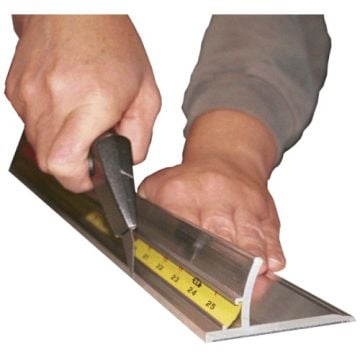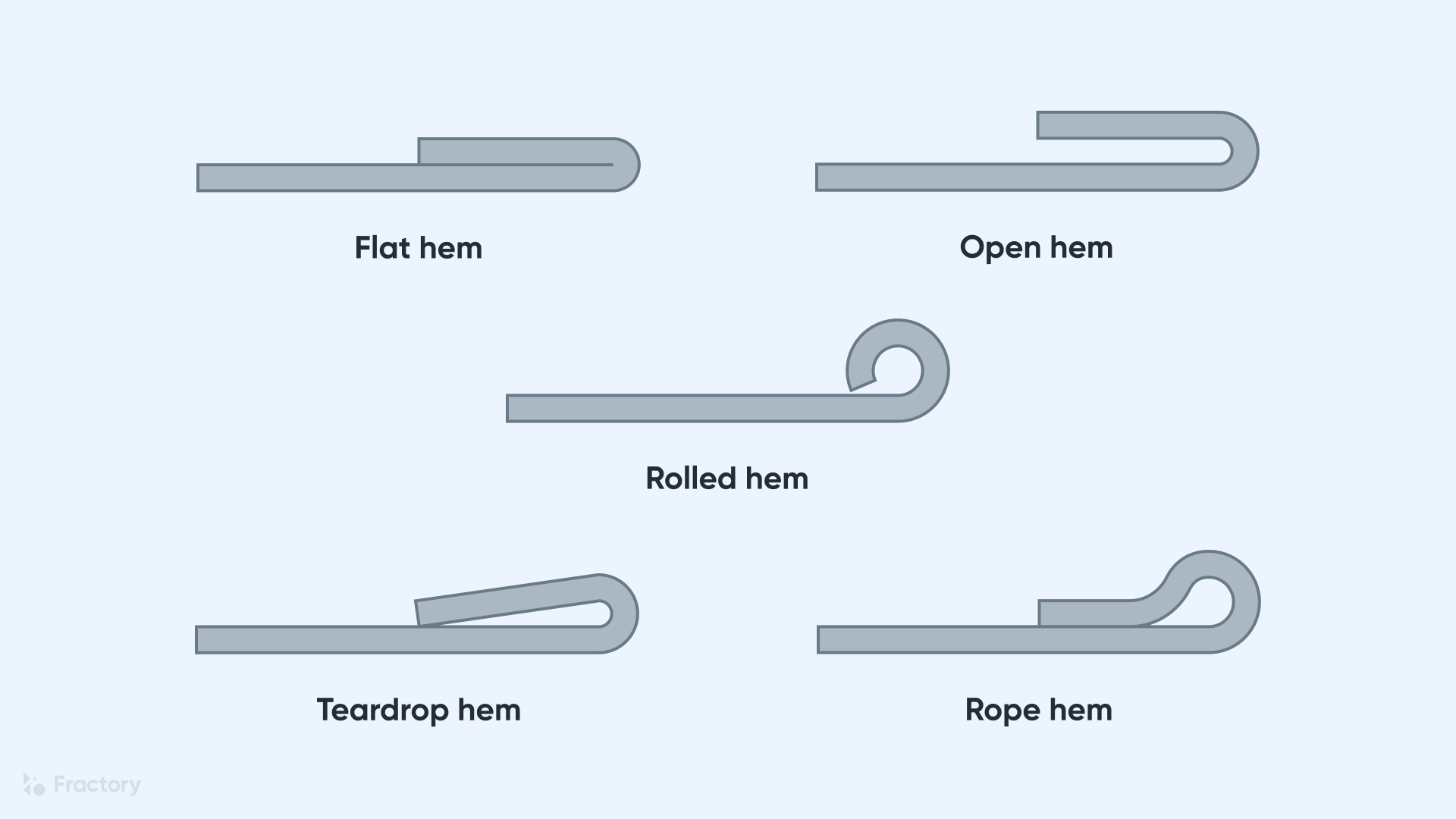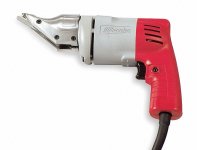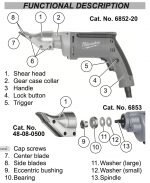Master Carpenter
Member
- Joined
- Jan 5, 2016
- Messages
- 106
I need to rip 4 pieces of metal flashing to trim a panel. Clean, straight edge required. Wondering if the old TS-55 is up to the task? Thought I could sandwich the metal between some plywood to stop it from tearing the edge? Use an old wood blade? Flashing metal is pretty thin. Anyone have experience they can share?








